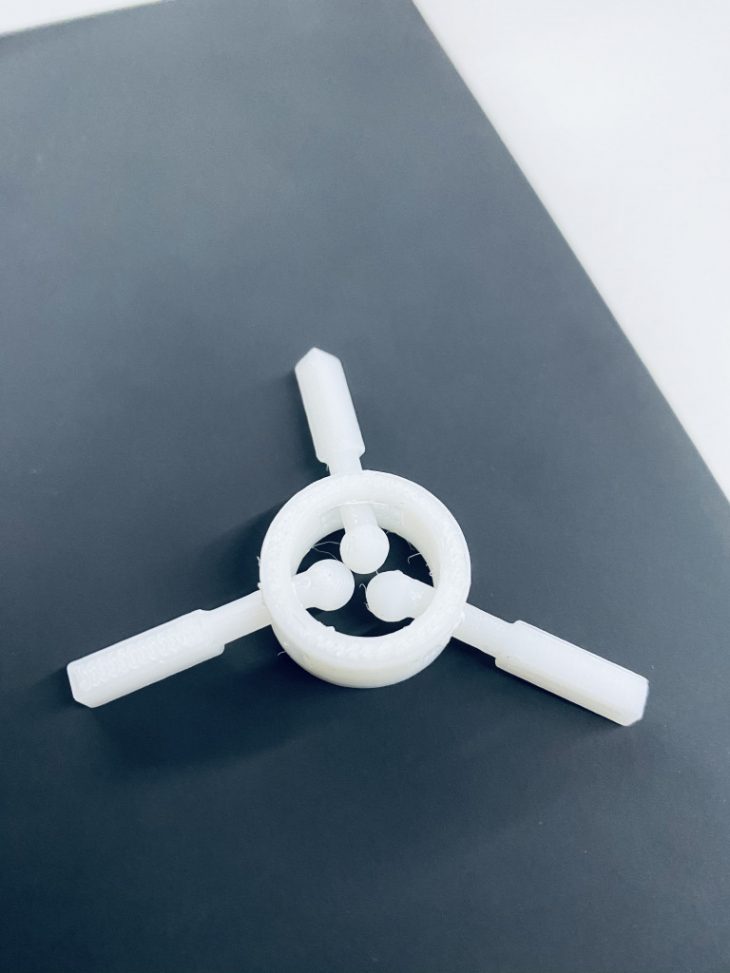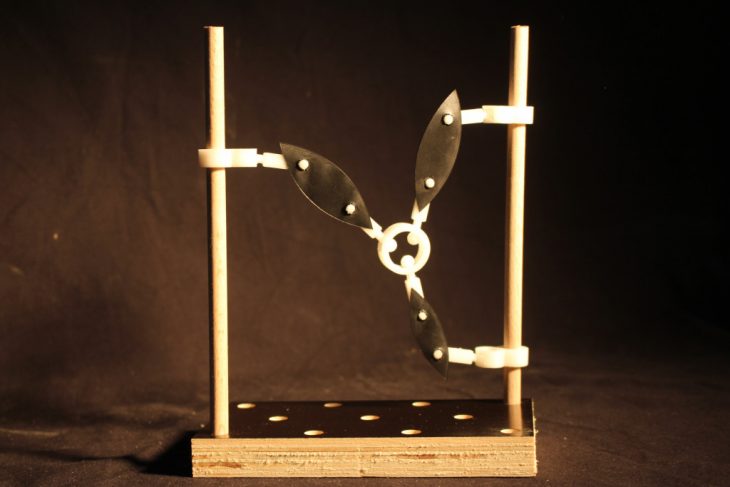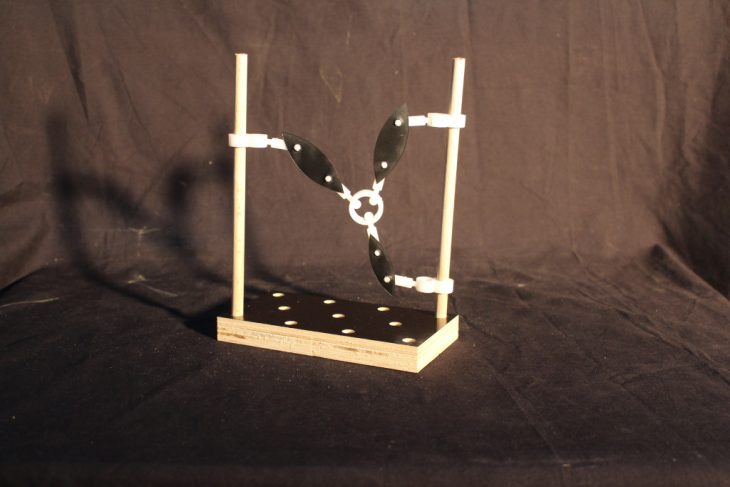3D printing, or additive manufacturing, is the construction of a three-dimensional object from a cad model or a digital 3d model .The term “3D printing” can refer to a variety of processes in which material is deposited, joined or solidified under computer control to create a three-dimensional object, with material being added together (such as liquid molecules or powder grains being fused together), typically layer by layer.
Modeling
Before printing a 3D model from an STL file, it must first be examined for errors. Most cad applications produce errors in output STL files, of the following types:
holes;
faces normal;
self-intersections;
noise shells;
manifold errors.
A step in the STL generation known as “repair” fixes such problems in the original model. Generally STLs that have been produced from a model obtained through 3D scanning often have more of these errors as 3D scanning is often achieved by point to point acquisition/mapping. 3D reconstruction often includes errors.
Once completed, the STL file needs to be processed by a piece of software called a “slicer,” which converts the model into a series of thin layers and produces a G-code file containing instructions tailored to a specific type of 3D printer. This G-code file can then be printed with 3D printing client software (which loads the G-code, and uses it to instruct the 3D printer during the 3D printing process).
Printer resolution describes layer thickness and X–Y resolution in dots per inch (dpi) or micrometers (µm). Typical layer thickness is around 100 ?m (250 DPI), although some machines can print layers as thin as 16 ?m (1,600 DPI). X–Y resolution is comparable to that of laser printers. The particles (3D dots) are around 50 to 100 ?m (510 to 250 DPI) in diameter. For that printer resolution, specifying a mesh resolution of 0.01–0.03 mm and a chord length ? 0.016 mm generate an optimal STL output file for a given model input file. Specifying higher resolution results in larger files without increase in print quality.
Construction of a model with contemporary methods can take anywhere from several hours to several days, depending on the method used and the size and complexity of the model. Additive systems can typically reduce this time to a few hours, although it varies widely depending on the type of machine used and the size and number of models being produced simultaneously.
Finishing
Though the printer-produced resolution is sufficient for many applications, greater accuracy can be achieved by printing a slightly oversized version of the desired object in standard resolution and then removing material using a higher-resolution subtractive process.
The layered structure of all Additive Manufacturing processes leads inevitably to a stair-stepping effect on part surfaces which are curved or tilted in respect to the building platform. The effects strongly depend on the orientation of a part surface inside the building process.
Some printable polymers such as ABS, allow the surface finish to be smoothed and improved using chemical vapor processes based on acetone which is used to create the prototype.
Prototype
Creating a joinery node. The node is printed interlocked.

Node printed

